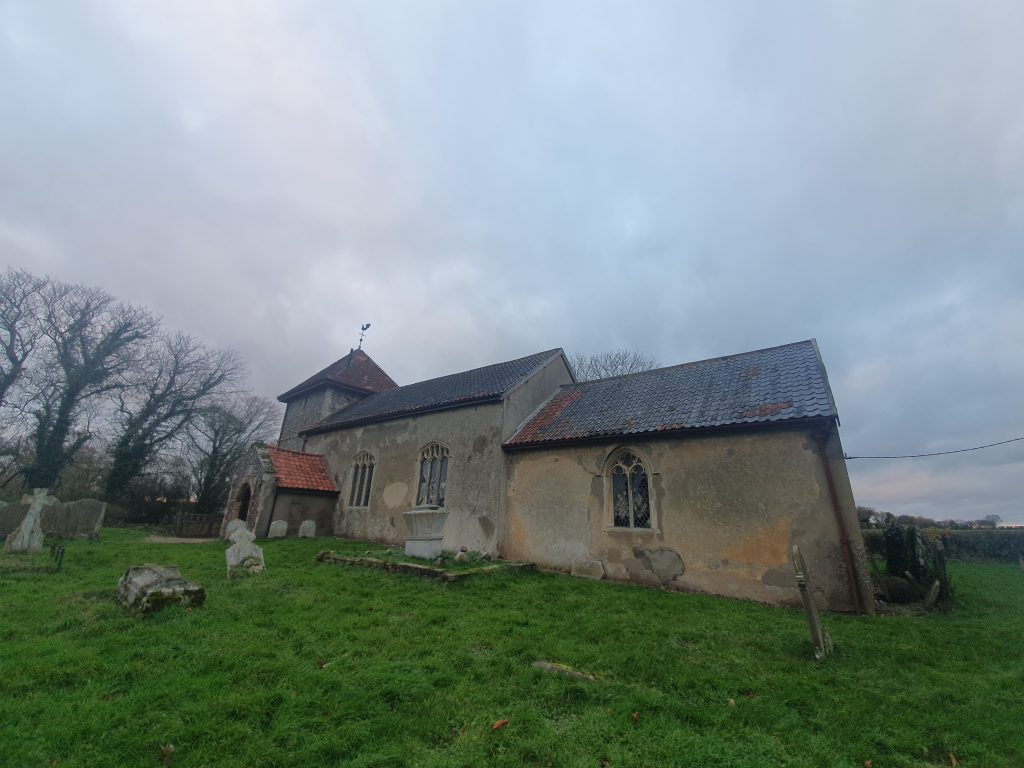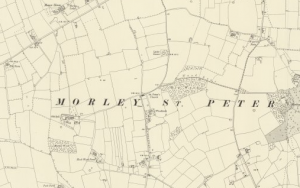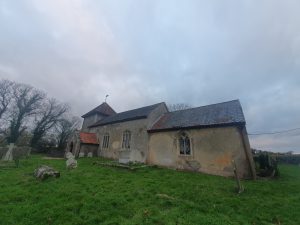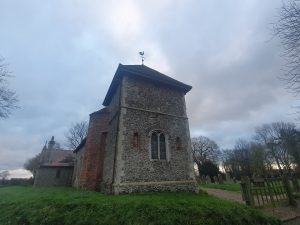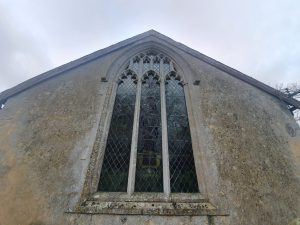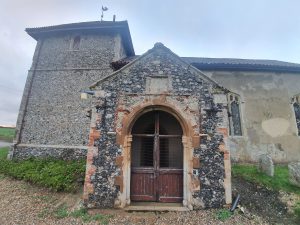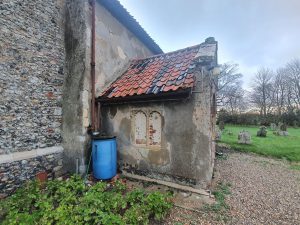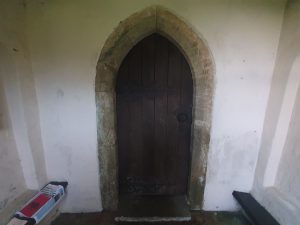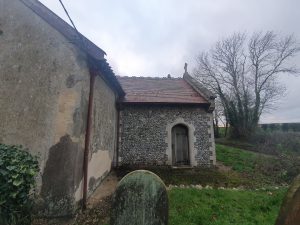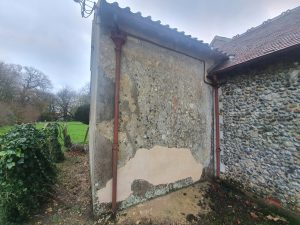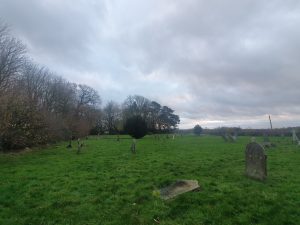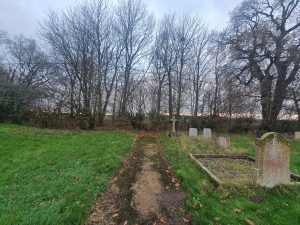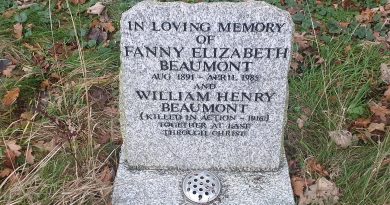Morley St. Peter – St. Peter’s Church
St. Peter’s Church in Morley St. Peter (it’s by the Y of Morley in the above map from 1900) stands pretty much alone at the corner of a field, with no evidence of the village that perhaps once stood nearby. The wooded areas in the above map have mostly been ripped out over the last century, so it’s a relatively barren landscape.
St. Peter’s has historically been the chapel of ease to St. Botolph’s Church which is situated nearby and it’s substantially smaller. The stone has been rendered over to protect it and it’s not in the best of condition.
The tower is medieval and has lost at least one section, likely due to collapse than anything intentional although that event seems to have been lost to history. It now has a pyramid roof over the top, although the steps inside remain. There is apparently a traditionally held view that the church is pre-conquest, dating from around the late tenth century, although all of the current structure is medieval or later. The local church seem less convinced judging from their web-site and they believe that the church was constructed as a chapel at ease in the thirteenth century.
The east window of the chancel, which was all reconstructed during the Victorian period.
The porch is from the early sixteenth century and has seen better days.
The dilapidation of the porch is more visible from the side.
The church was locked, but to be fair, the keyholder details were provided on the noticeboard.
An extension to the side chancel, likely from the nineteenth century. I suspect the Victorian renovators hoped for something of a religious revival to boost the attendance in the church, but the congregation size around here is highly limited.
The repairs aren’t what I would call invisible.
The churchyard is relatively substantial and there is a small section of recent burials.
This path ploughs through the middle of the cemetery and then stops dead, but old maps suggest that it connected into an old path which has long since gone.
The church is clearly in a bit of a state, but also seems well loved and peering in it seemed reasonably well maintained internally. It dips down quite a bit though, which means that the ground outside and the chancel are a little higher. The nave is aisleless and other than for the Victorians renovations, the church seems relatively untouched since it was built in the medieval period. All really quite charming.

